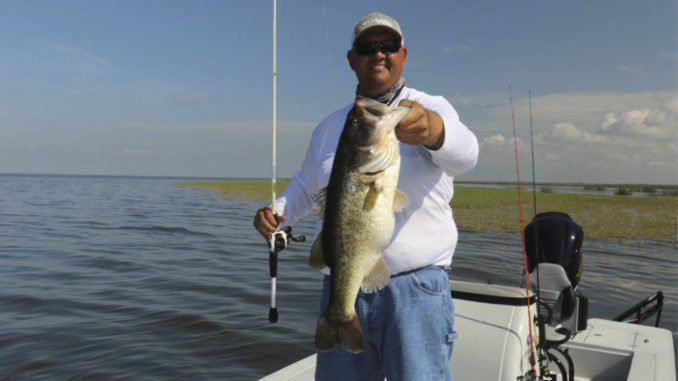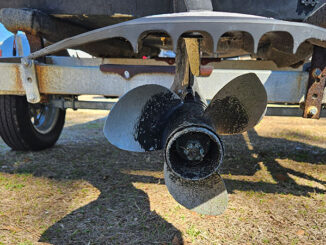
Braid offers many advantages over other lines while cranking
David Fritts of Lexington, N.C. is one of the top crankbait anglers in the nation. And while many people view crankbaits as a lure to use with quick-sinking fluorocarbon line, Fritts said the benefits of using braided line are unmistakable.
For years, Fritts used only monofilament line when crankbait fishing. He tried fluorocarbon briefly, but said he overstressed the line with his hard casts. This made the line brittle, he said, and caused him to lose fish.
“Fluorocarbon line has a good bit of stretch to it. But when I would spend several hours casting crankbaits as far as I can, the line would stretch all the way out and get brittle, and I’d break off on fish. It’s a good line to use as a leader when fishing jigs and Carolina rigging. But I don’t use it anymore when crankbait fishing,” said Fritts.
Many anglers prefer to use monofilament while crankbait fishing. The stretch it gives allows them to set the hook hard without pulling the hooks out of a fish’s mouth. Fritts used to feel the same way, but after trying braid over the past few years, he’s changed his mind.
“Braid lets you feel your lure throughout the entire retrieve, even when your lure is at its maximum distance away from you. With monofilament, you can’t truly feel your lure. Not like you can with braid at least, until your lure is halfway back to you. With braided line, I can feel every vibration of my lure no matter how far away it is,” he said. “And I can feel the slightest bite.”
Long-distance hooks sets are better with braid
Fritts also said setting the hook is much easier with braid, especially at long distances.
“With monofilament, if you get a bite when your lure is really far away from you, the line stretches to the point that you barely move the lure. It makes setting the hook difficult from a distance. But with braid, if you move your rod the slightest bit, you’re setting the hook,” he said.
Braided line is also considerably thinner than monofilament, which allows Fritts to cast his crankbaits farther. And casting for distance is the name of the crankbait game, he said. The farther you cast, the more time the lure has to get to its proper depth on your retrieve, and the more area you cover with that lure on each cast, said Fritts.
Some anglers worry that using braid with crankbaits results in them setting their hooks too forcefully out of the fish’s mouth. It’s a fair assumption, said Fritts. But he said it’s never been a problem for him, mainly because he doesn’t set the hook very hard like he does when fishing jigs or soft plastics.
“It’s more of smooth pull, which is all you need to do with a crankbait anyway. It takes even less effort with braid. You don’t need to yank very hard on a crankbait when you feel a bite anyway, but with braid having no stretch, just that smooth pull will set the hook whether your lure is 100 feet away or 10 feet away,” he said.
Click here for more tips on crankbait fishing.




